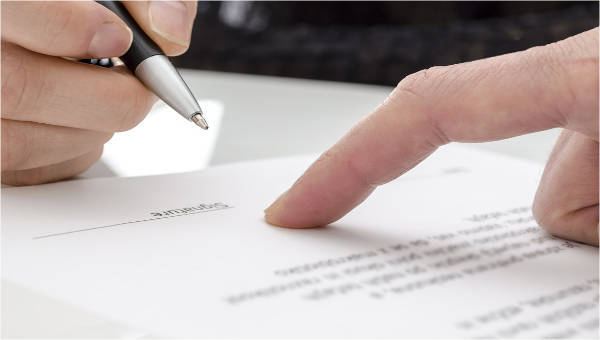The use and importance of petitions dates back to pre-modern Imperial China, where it was read aloud to the ruling emperor. Petitions were used to file complaints about a certain corrupt official or questionable acts. Petitions are still used the way it was up to this day, with the addition of other uses that emerged through time.
Petitions are also needed as a requirement to research, especially if this research is prohibited by law. A petition has to be filed and approved in order to provide reason and persuade the people of authority to have it approved. There are sample petition templates that can help you with your petition needs.
A Step-by-Step Guide to Creating a Petition
We see a lot of people posting or asking to sign their petitions, whether it be an employee petition, a community petition, an academic petition, or a school petition. With all these petitions, you might wonder if it is just easy to create a petition. Well, the best answer to your question is to try it for yourself. And to help you, we have prepared a step-by-step guide to creating a petition.
- Think first of what petition you are going to make. List down your goals and what you aim to achieve for writing the petition. Also include who will benefit from this petition and the reason why you are writing this petition.
- List all of your facts and other necessary information. A petition containing facts will make people stop and think about what good the said petition can bring.
- If possible, you can promote your petition by telling the audience your story.
- Provide a call to action, like “Act now!” This is so that the people will have a feeling of urgency. This will encourage the signers to do something, instead of just doing nothing and wait.
- If you are satisfied with your petition, you can have it submitted.
- After submission, the petition will go through a process. In this process, it may or may not be approved. During this period you can promote your petition online by sending it via email or by posting it in social networking sites.
Guide to Submitting a Petition
If your petition does not conform to the specific guidelines provided by your state, then it may not be entertained at all. Here’s a guide that could help you with submitting your petition. These guides may also be applicable to business petitions, employee petitions, and school petitions.
- Follow the terms and conditions, as well as the writing guidelines that your state provided for writing petitions. That would include the format, the font style and font size, indention and the words to be used, the paper size and orientation and such.
- A petition is submitted to people with authority, usually the government, so it should be polite in all aspects. You wouldn’t want to have your petition denied because of rudeness.
- It should be addressed to the appropriate department or the appropriate person. Take note of how that department or entity should be addressed.
- Avoid erasures or any other forms of alterations. They should be nonexistent in your petition.
- Make sure to attach the complete requirements that are essential to your petition. Once it has been submitted.
- Gather the needed number of signatures.
Related Posts
Retirement Speech Samples & Templates
Weekly Schedule Samples & Templates
Contractual Agreement Samples & Templates
FREE 9+ Amazing Sample Church Bulletin Templates in PSD | PDF
Sample Business Card Templates
Sample Cashier Job Descriptions
Questionnaire Samples
FREE 10+ Sample HR Resource Templates in PDF
FREE 10+ HR Consulting Business Plan Samples in MS Word | Google Docs | Pages | PDF
FREE 49+ Sample Job Descriptions in PDF | MS Word
FREE 16+ Nonprofit Budget Samples in PDF | MS Word | Excel | Google Docs | Google Sheets | Numbers | Pages
FREE 13+ Academic Calendar Templates in Google Docs | MS Word | Pages | PDF
FREE 10+ How to Create an Executive Summary Samples in Google Docs | MS Word | Pages | PDF
FREE 23+ Sample Event Calendar Templates in PDF | MS Word | Google Docs | Apple Pages
Company Profile Samples
